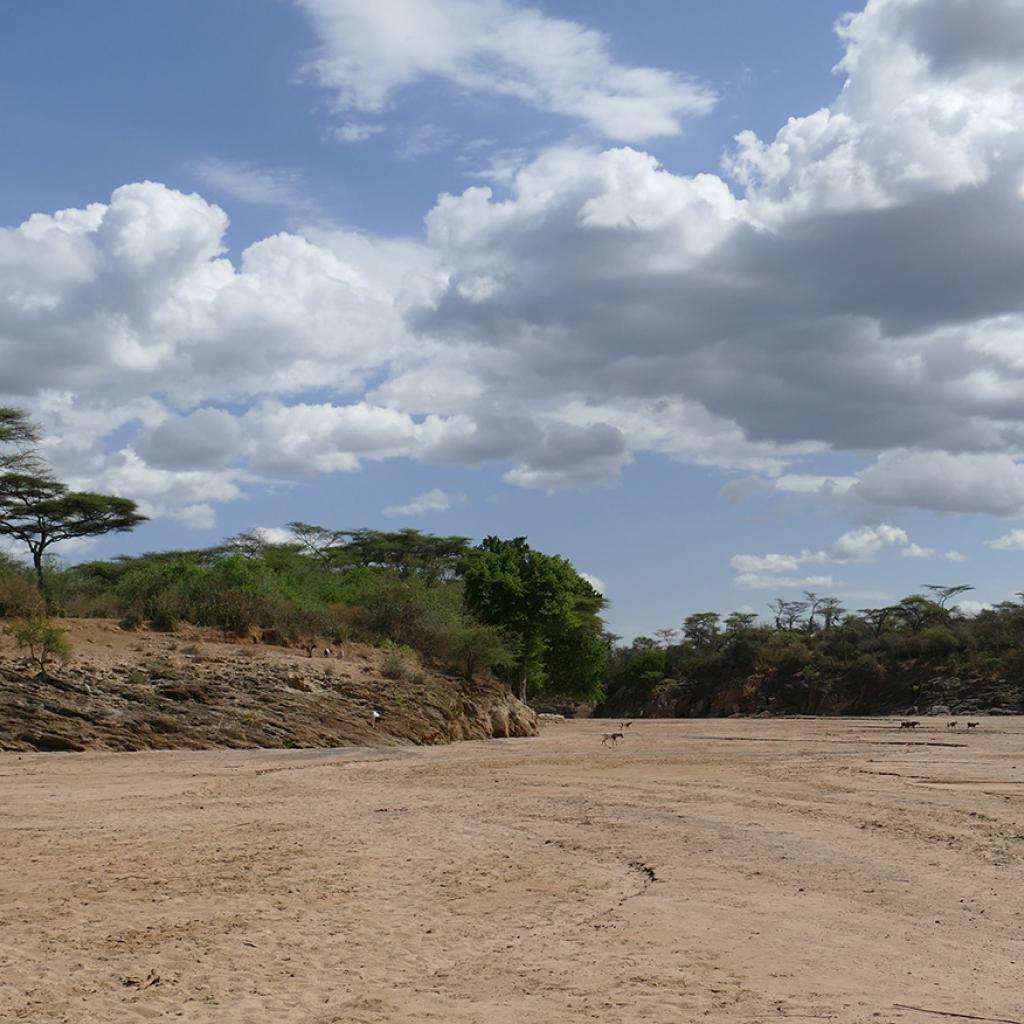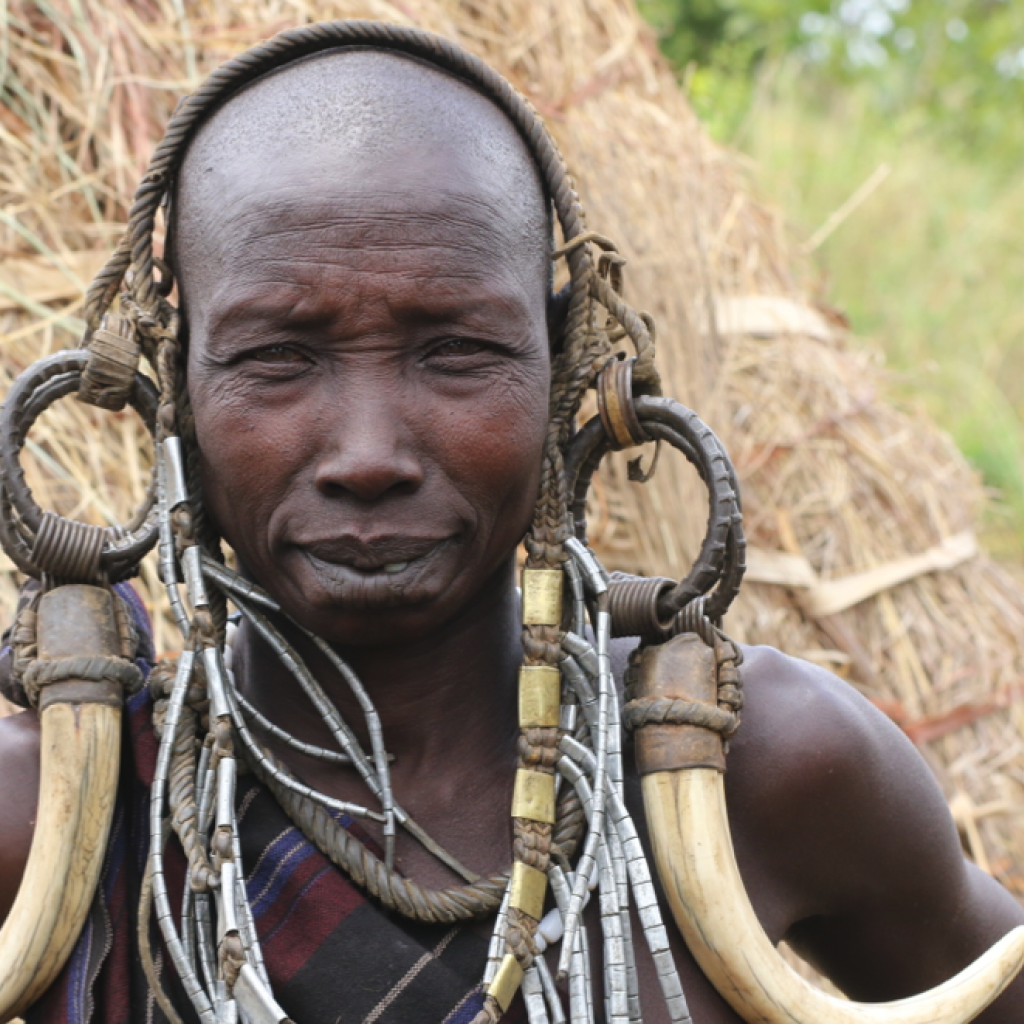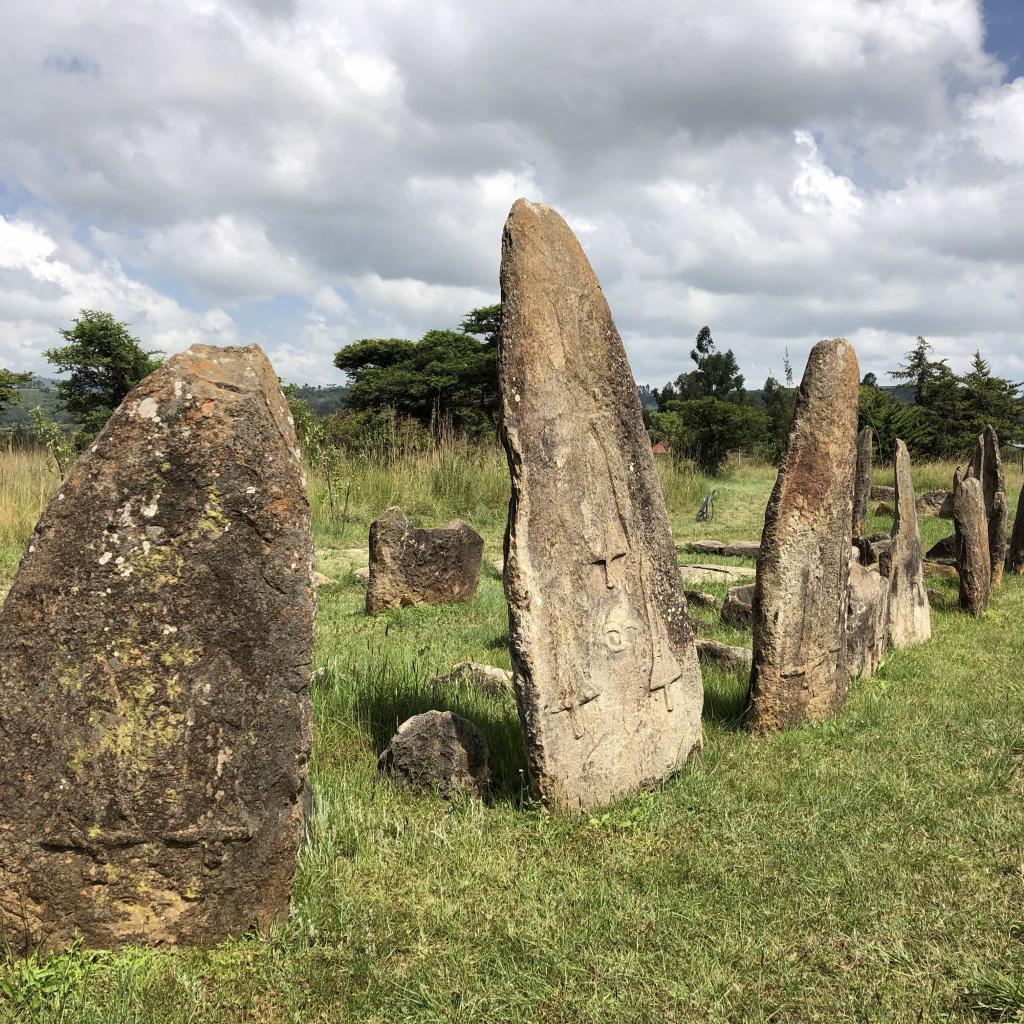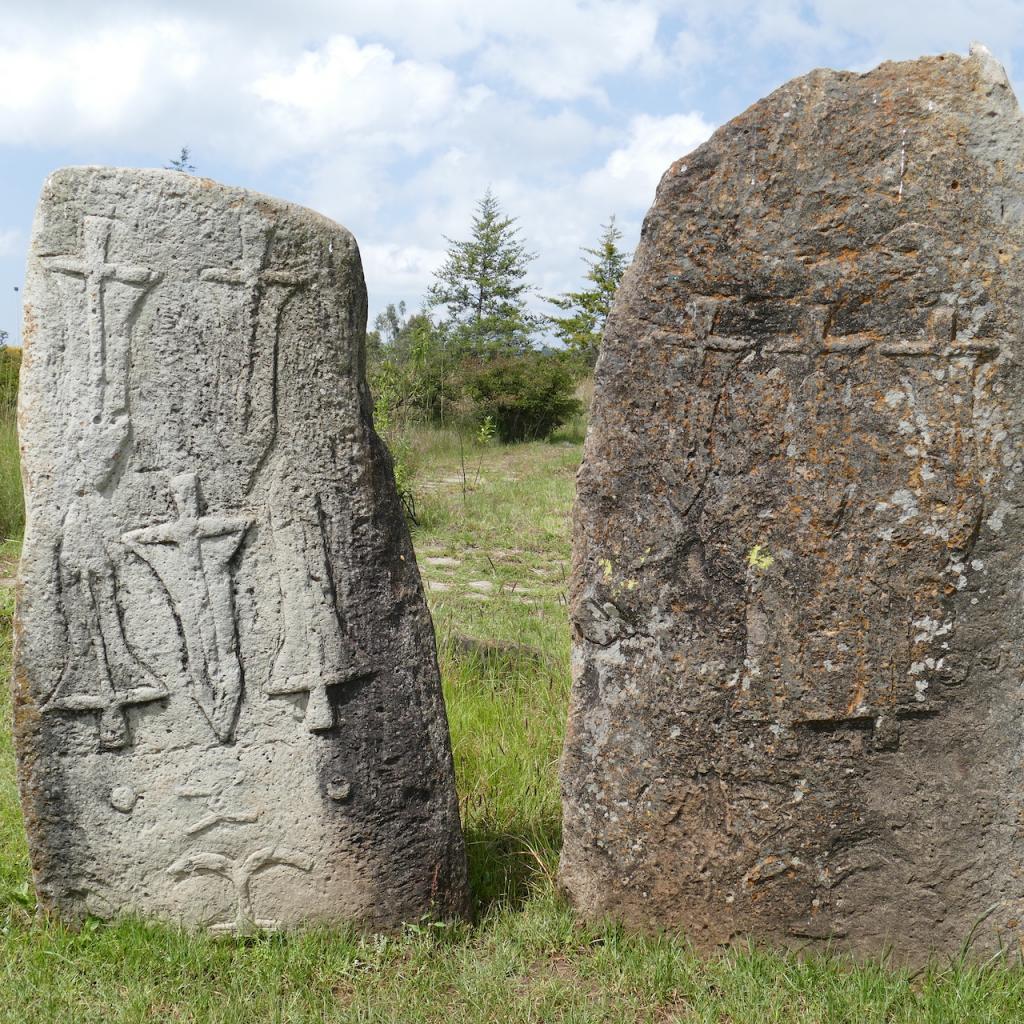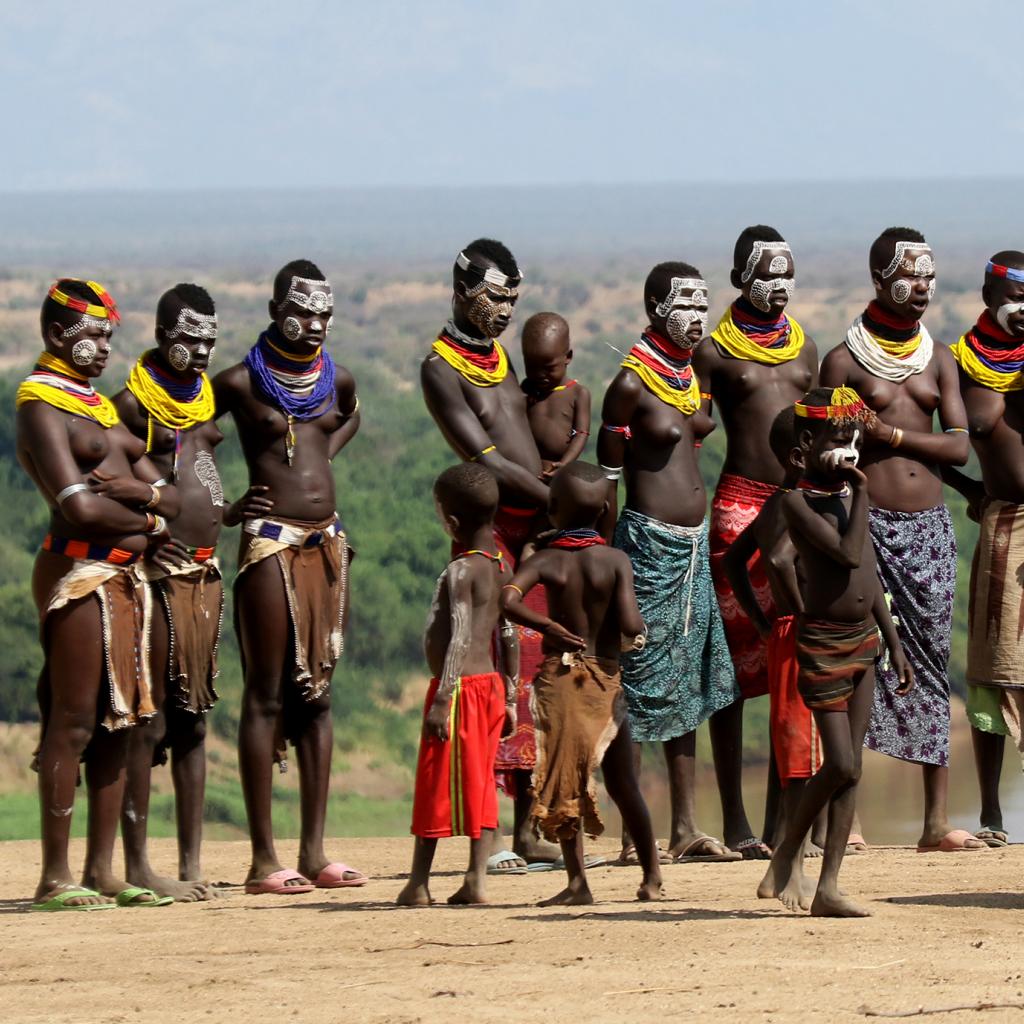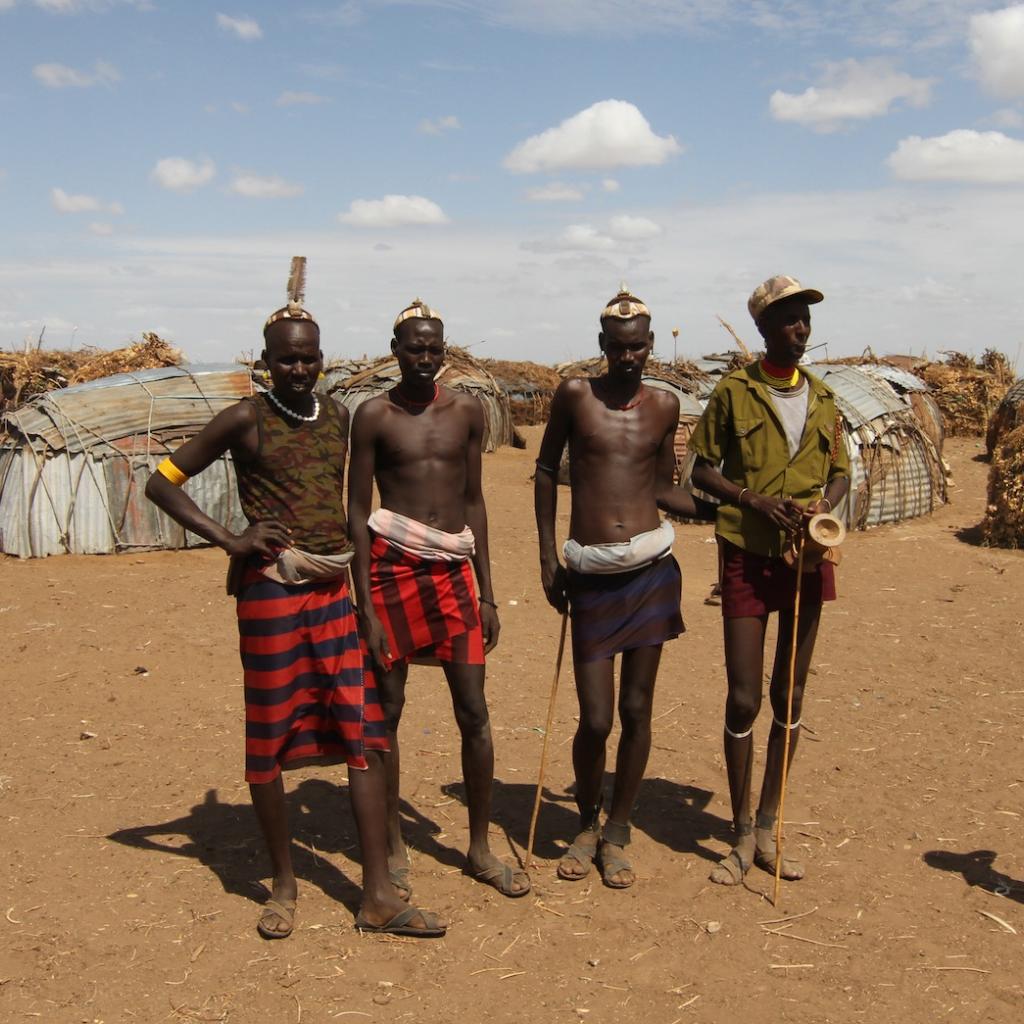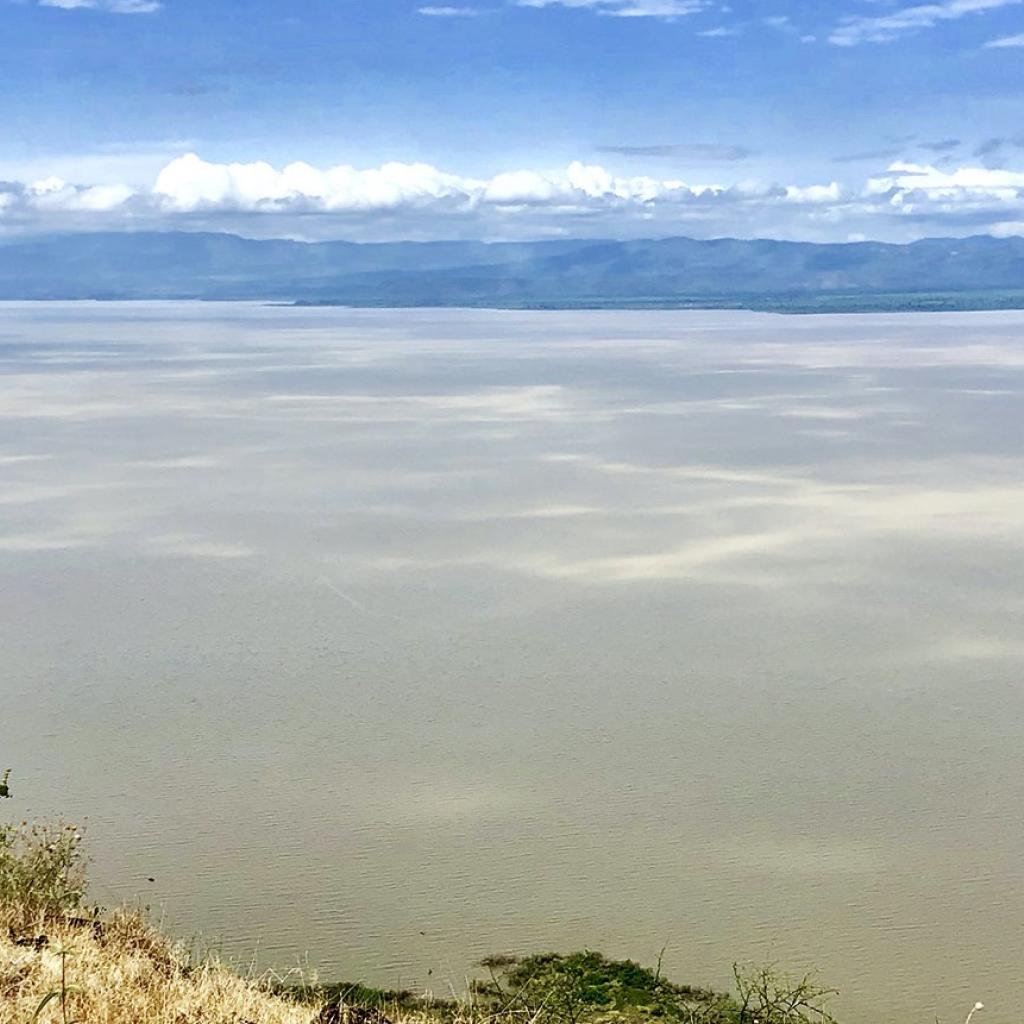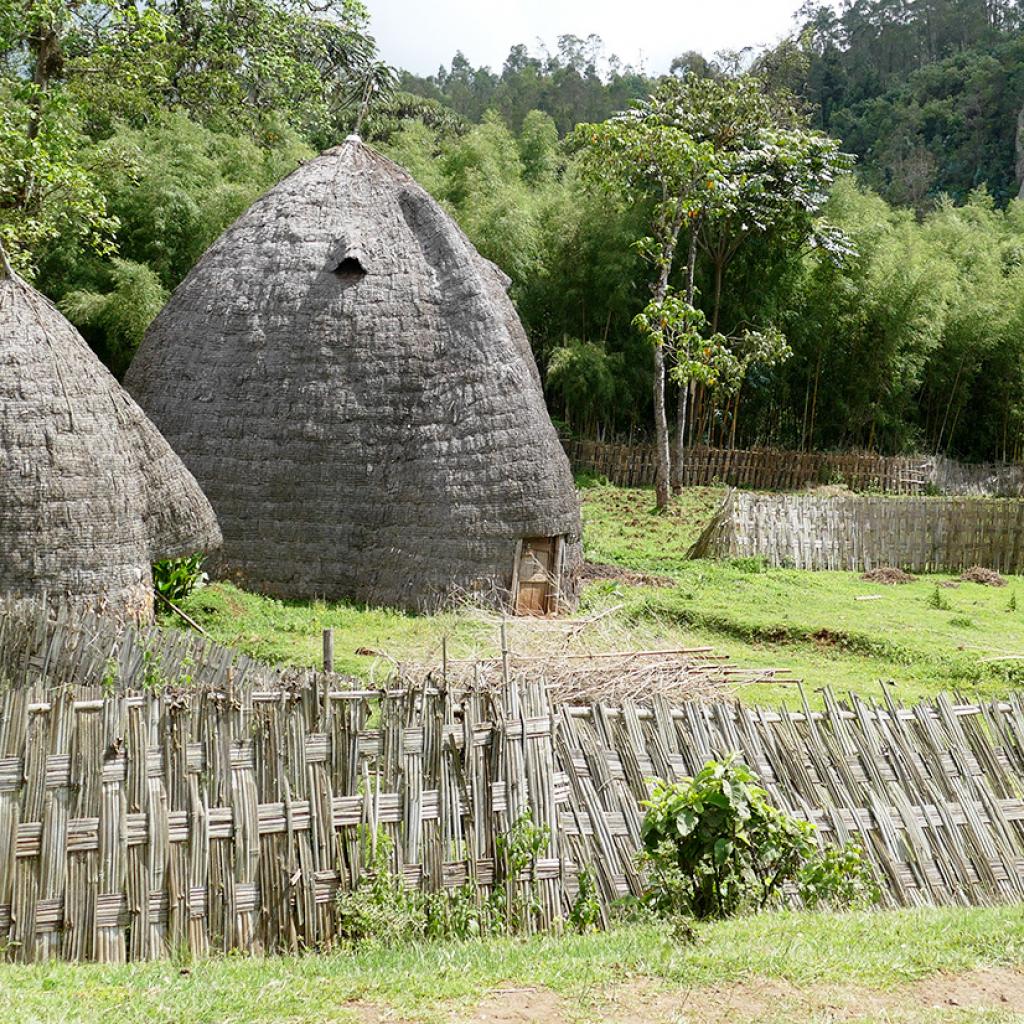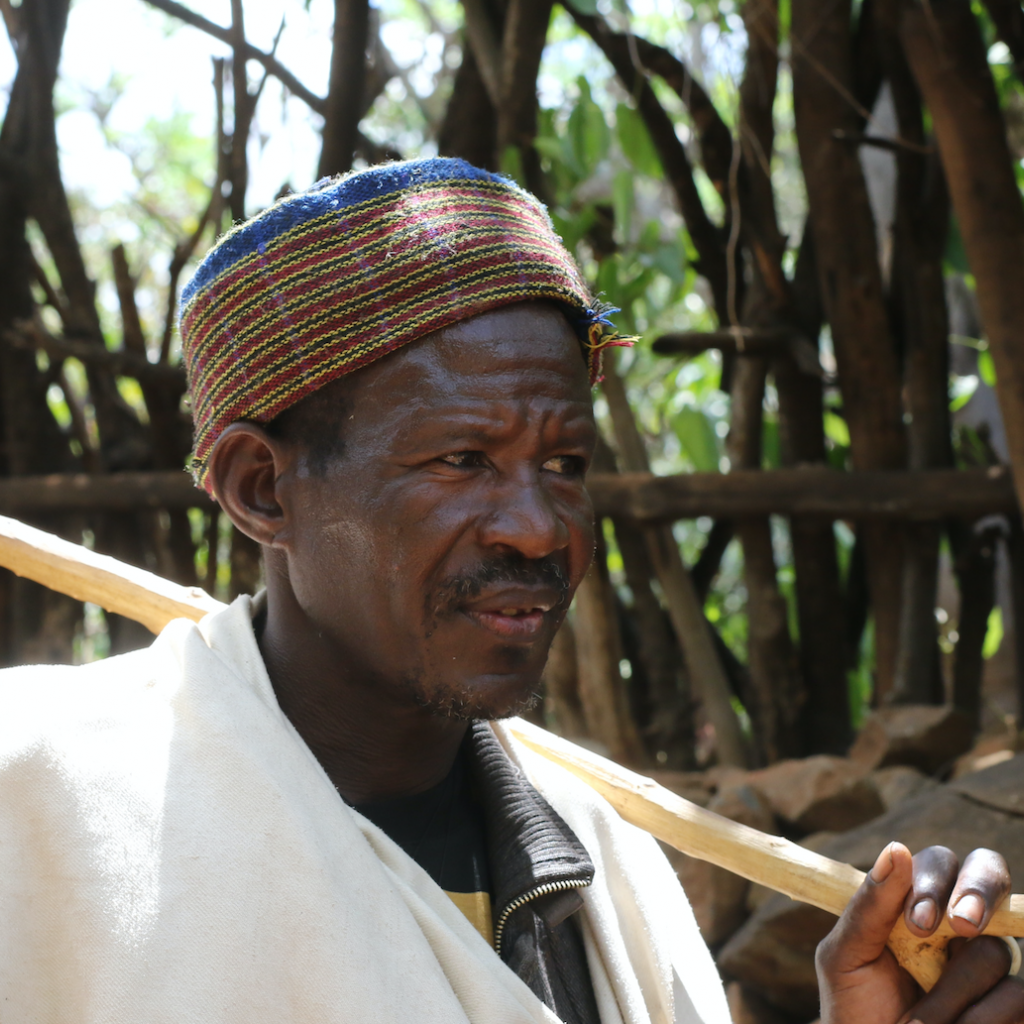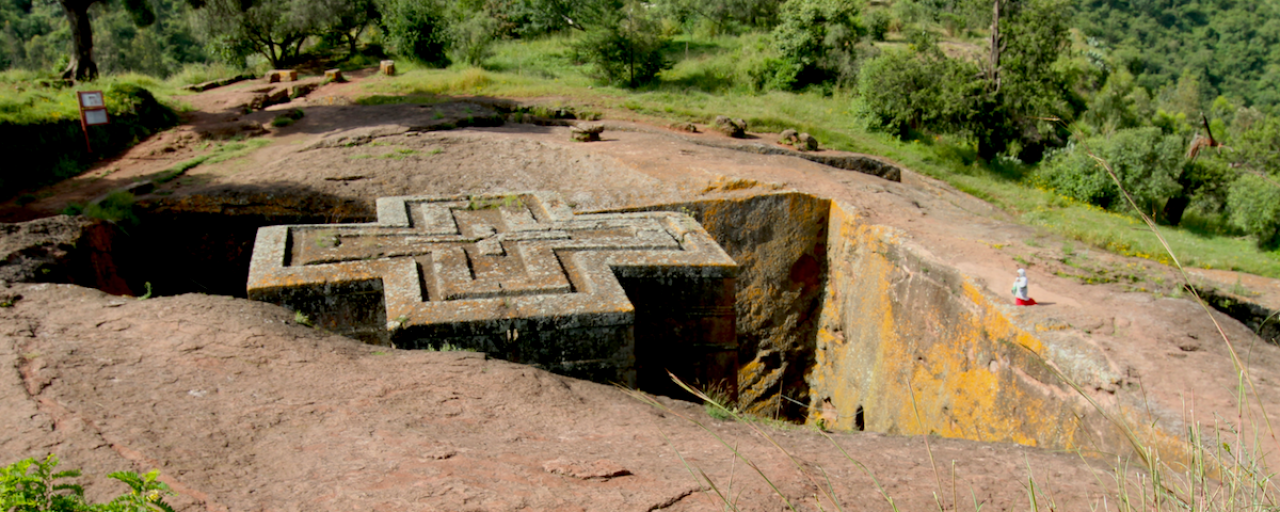
Lalibela: Bet Gyorgis - Photo Credits: Romina Facchi
The town of Lalibela
Ethiopia holds a unique and wonderful treasure: Lalibela and its rock churches.
Lalibela is considered one of the most important destinations for those in search of architectural wonders, not only on the African continent, but throughout the world; it owes its fame to the amazing churches carved into the rock, protected works that have been declared World Heritage by UNESCO.
Lalibela hosts some of the oldest Orthodox Christian churches in the world that can still be admired in their beauty; the churches of Lalibela are a destination of pilgrimage by devotees and the spirituality of this place is almost palpable.
We could not avoid coming to this incredible place, a Jerusalem of Ethiopia wanted by King Lalibela, from whom it takes its name, to allow Christians to go on a pilgrimage, avoiding crossing the dangerous Muslim territories.
Lalibela rises on the Ethiopian plateau at about 2,600 meters above sea level, this is an impervious, hard and harsh region but the landscape it offers is fantastic: the valleys and the mountain ridges follow one after the other and in the past have contributed to making this place almost inaccessible.
Today in the valley carved by the river an airport has been built, that is only 16 kilometers from the city and allows to reach Lalibela and its beauties in a short time; in the past more than 2 days of travel were needed to reach here from the capital Addis Abeba.
Unlike other places of worship, where the shrines rise towards the sky and the crosses indicate the direction to the faithful, at Lalibela the churches are hidden in the bowels of the rock, surrounded by deep trenches and do not even emerge one meter from the mother rock, you only see them when you approach.
At Lalibela we visited the monumental sacred complex where there are 11 monolithic churches, all different from one another; some are completely isolated from the rock that surrounds them, others are instead obtained in natural cavities or in gorges excavated specifically, and one or more sides are leaning against the rock.
A surprising element of this complex is that the churches are all connected to one another by trenches, tunnels, passages, corridors and galleries, also dug into the red rock.
Legend has it that the rock churches were built by men with the help of the angels, who worked to make them overnight.
It is said that the complex was built in just 23 years, a short period if we consider the enormous work carried out and the construction and excavation techniques that did not include the use of modern machines; but it is not known if this corresponds to reality.
Even the volume of the material that was excavated was gigantic, a comparison with the temple of Abu Simbel in Egypt makes clear the enormous work done: the Egyptian temple is estimated to have produced an excavation volume of about 22,000 cubic meters of material, the estimates made at Lalibela speak of a volume of over 100,000 cubic meters of excavated material, almost five times as much.
The group of rock churches is divided into two by a stream, that was renamed Yordanos, an obvious reminder of the Jordan River in the Holy Land; there is also a church that was built isolated from the rest of the complex: the Church of Saint George or Bet Giyorgis.
The rock churches found in the North-Western group are: Bet Medhane Alem, Bet Meskel, Bet Danaghel, Bet Mika’el and Bet Golgotha; while the rock churches that make up the South-Eastern group are: Bet Gabriel, Bet Rafael, Bet Lehem, Bet Merkorios, Bet Amanuel and Biete Abba Libanos.
We visited this incredible sacred place on Sunday, when the churches are frequented by numerous faithful, who come here to receive the blessing of the priests who wear an elaborate and colorful clothing and hold up the elaborate and heavy gold or silver crosses.
It is very suggestive to observe the women who come here to pray, they wear white clothes that cover the body and the head; they often kneel on the hollow edge of the churches or quietly descend through the galleries leading to the churchyard.
Around Lalibela there are numerous monasteries, they are very suggestive and they are spiritual places very much felt by the population; they are often made in natural crevices or dug into the rock.
Some of these monasteries preserve impressive finely crafted crosses and sacred manuscripts, enriched with painted miniatures, made on parchment or thin pages of goatskin.
A trip to Ethiopia cannot be complete unless it includes Lalibela and its masterpieces, and here the Bearded Vulture or lamb vulture, a beautiful bird of prey with an impressive wingspan, is easily spotted.


